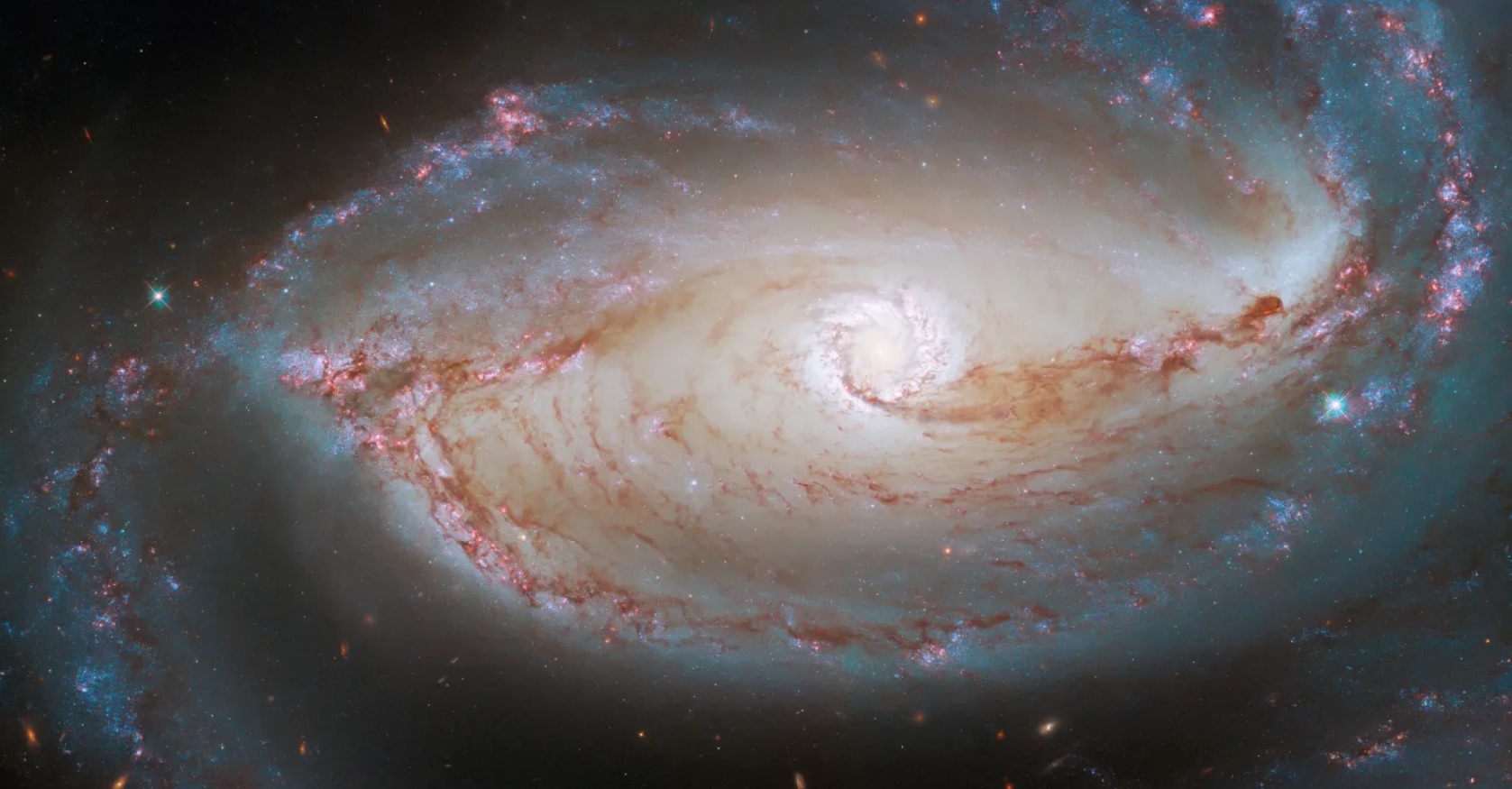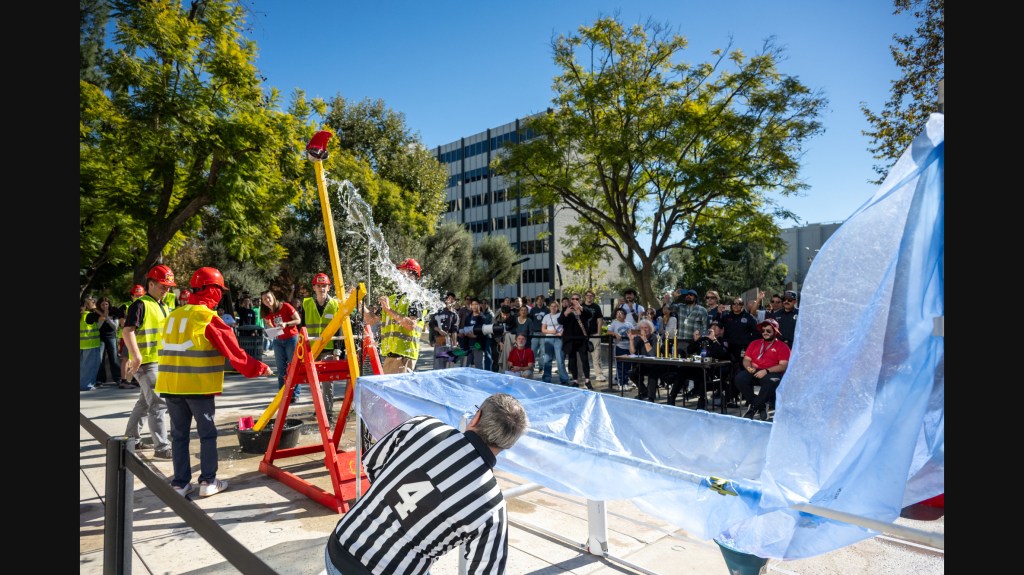
As NASA explores the unknown in air and space, a new mission to survey ultraviolet light across the entire sky will provide the agency with more insight into how galaxies and stars evolve. The space telescope, called UVEX (UltraViolet EXplorer), is targeted to launch in 2030 as NASA’s next Astrophysics Medium-Class Explorer mission.
In addition to conducting a highly sensitive all-sky survey, UVEX will be able to quickly point toward sources of ultraviolet light in the universe. This will enable it to capture the explosions that follow bursts of gravitational waves caused by merging neutron stars. The telescope also will carry an ultraviolet spectrograph to study stellar explosions and massive stars.
“NASA’s UVEX will help us better understand the nature of both nearby and distant galaxies, as well as follow up on dynamic events in our changing universe,” said Nicola Fox, associate administrator, Science Mission Directorate at NASA Headquarters in Washington. “This mission will bring key capabilities in near-and far-ultraviolet light to our fleet of space telescopes, delivering a wealth of survey data that will open new avenues in exploring the secrets of the cosmos.”
The telescope’s ultraviolet survey will complement data from other missions conducting wide surveys in this decade, including the Euclid mission led by ESA (European Space Agency) with NASA contributions, and NASA’s Nancy Grace Roman Space Telescope, set to launch by May 2027. Together, these missions will help create a modern, multi-wavelength map of our universe.
“With the innovative new UVEX mission joining our portfolio, we will gain an important legacy archive of data that will be of lasting value to the science community,” said Mark Clampin, director of the Astrophysics Division at NASA Headquarters. “This new telescope will contribute to our understanding of the universe across multiple wavelengths and address one of the major priorities in Astrophysics today: studying fleeting changes in the cosmos.”
NASA selected the UVEX Medium-Class Explorer concept to continue into development after detailed review of two Medium-Class Explorer and two Mission of Opportunity concept proposals by a panel of scientists and engineers, and after evaluation based on NASA’s current astrophysics portfolio coupled with available resources. The UVEX mission was selected for a two-year mission and will cost approximately $300 million, not including launch costs.
The mission’s principal investigator is Fiona Harrison at Caltech in Pasadena, California. Other institutions involved in the mission include University of California at Berkeley, Northrop Grumman, and Space Dynamics Laboratory.
The Explorers Program is the oldest continuous NASA program. The program is designed to provide frequent, low-cost access to space using principal investigator-led space science investigations relevant to the agency’s astrophysics and heliophysics programs.
Since the launch of Explorer 1 in 1958, which discovered the Earth’s radiation belts, the Explorers Program has launched more than 90 missions, including the Uhuru and Cosmic Background Explorer missions that led to Nobel prizes for their investigators.
The program is managed by NASA’s Goddard Space Flight Center for the Science Mission Directorate, which conducts a wide variety of research and scientific exploration programs for Earth studies, space weather, the solar system, and the universe.
For more information about the Explorers Program, visit:
https://explorers.gsfc.nasa.gov
-end-
Alise Fisher
Headquarters, Washington
202-358-2546
alise.m.fisher@nasa.gov
from NASA https://ift.tt/sZ2F5fu


No comments:
Post a Comment